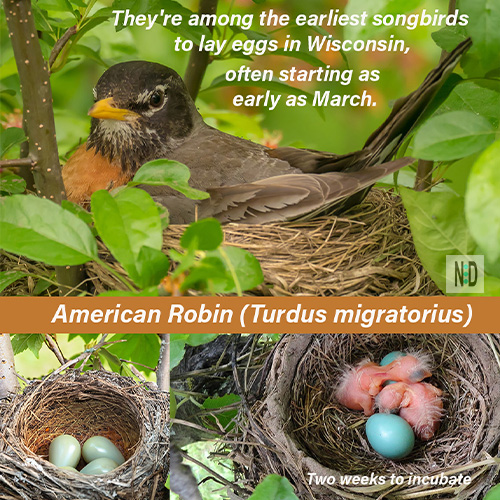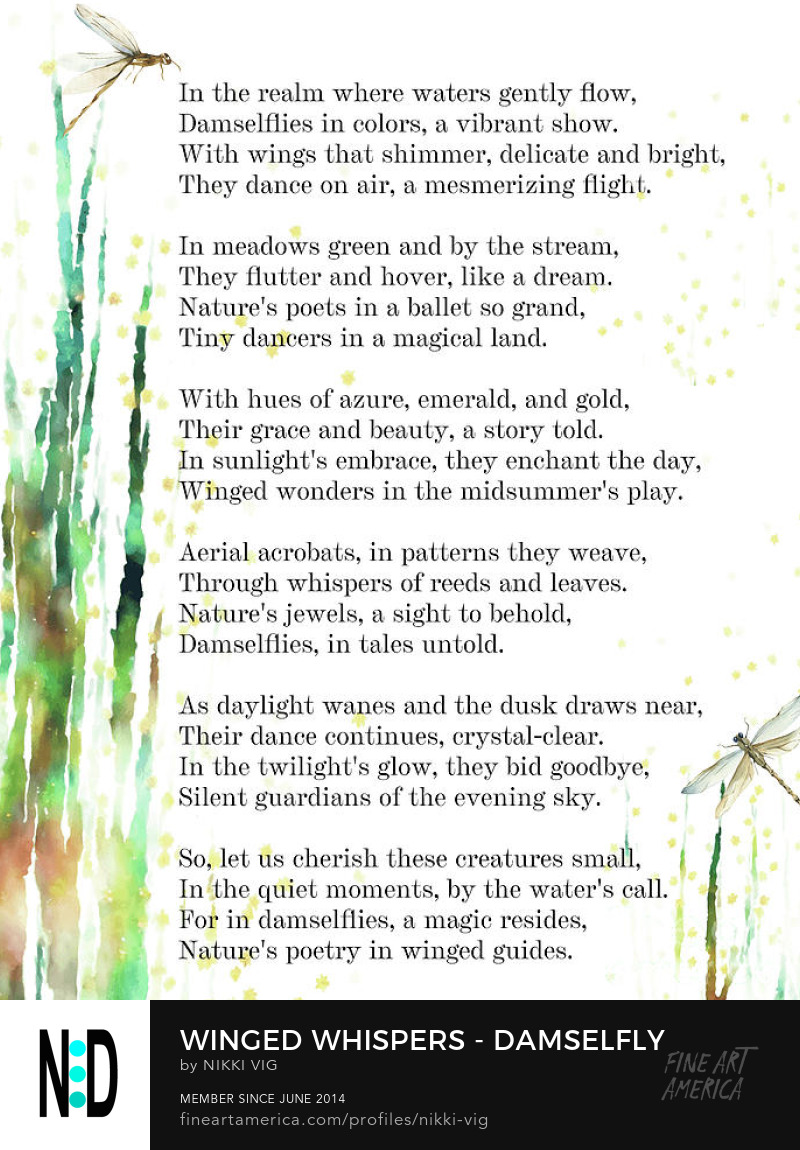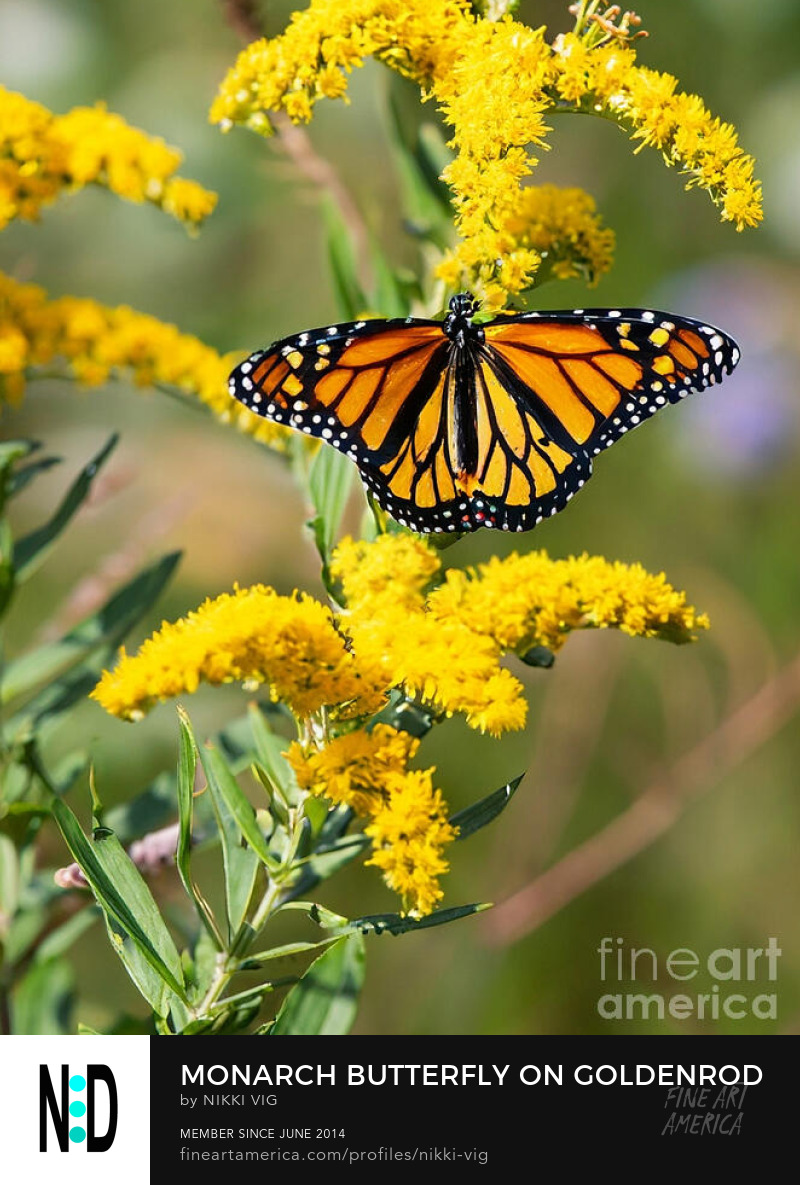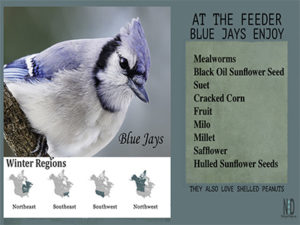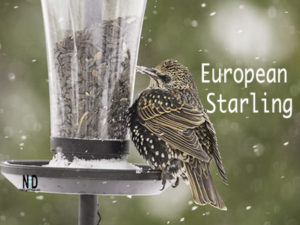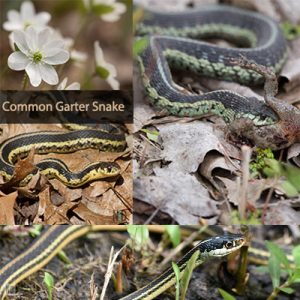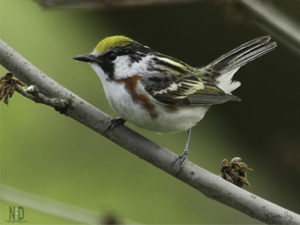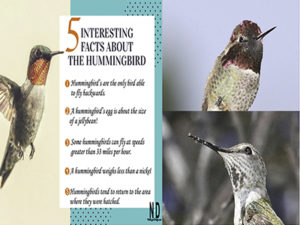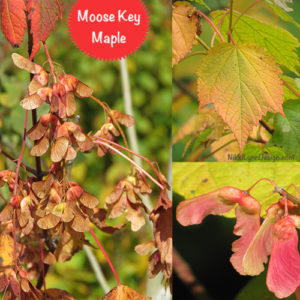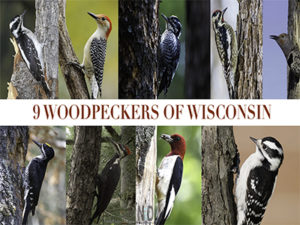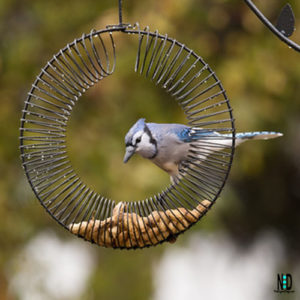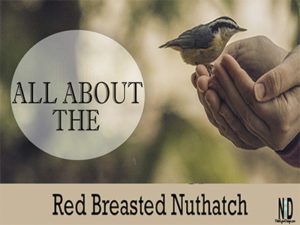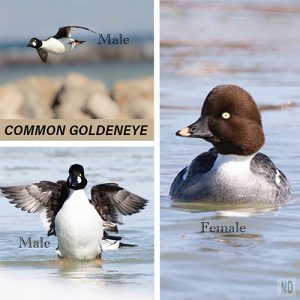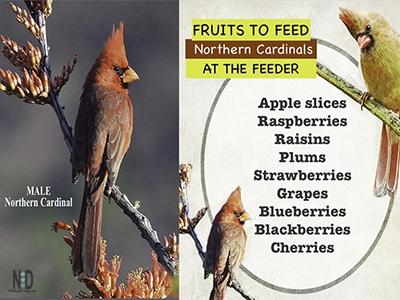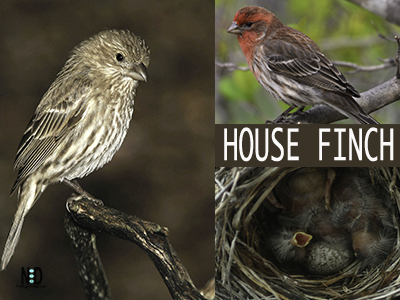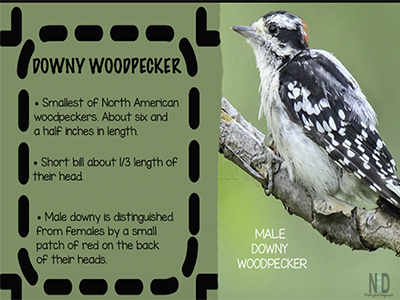As the snow melts away and the days grow longer, Wisconsin residents eagerly await the cheerful arrival of one of nature’s most iconic heralds of spring: the American Robin: Wisconsin’s beloved songbird (Turdus migratorius). With its bright red breast and melodious song, the American Robin is a beloved symbol of the changing seasons and a familiar sight in gardens, parks, and suburban landscapes across the state.
Migrating Spring Robins Return March 1-15th

The American robin is probably our most abundant, best-known, and generally best-loved native bird. It stays with us (Wisconsin) for the larger part of the year, being common during summer throughout the entire state and some individuals commonly spend mild winters with us. Migrating spring robins usually reach us between March 1st and 15th. During migration, they travel in flocks of considerable size, and they often pass the winter in such companies.
“The American robin carries a message of promise with its arrival, heralding the awakening of spring.”
Migration To & From Wisconsin
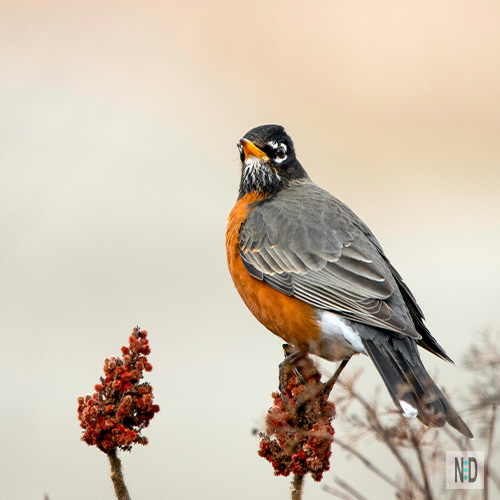
Although American Robins are considered year-round residents in parts of Wisconsin, many individuals migrate to and from the state with the changing seasons. During the winter months, when food sources become scarce and temperatures drop, some robins from northern regions migrate southward to warmer climates, while others remain in Wisconsin or move to more hospitable areas within the state.
As spring approaches, migratory robins return to their breeding grounds in Wisconsin, drawn by the promise of abundant food and suitable nesting sites. Their arrival is a much-anticipated sign that winter’s grip is loosening, and brighter days lie ahead.
Breeding Habits
Earliest To Breed: Come springtime, American Robins begin their breeding rituals with gusto. They’re among the earliest songbirds to lay eggs in Wisconsin, often starting as early as March.
Nest Building: Nest-building is a meticulous affair, with pairs tirelessly collecting grass, twigs, and mud to construct sturdy cup-shaped nests in trees, shrubs, or even on building ledges.
Eggs: Females typically lay 3-5 pale blue eggs, which they diligently incubate for about two weeks.
What Chicks Eat: Once hatched, both parents take turns feeding their hungry chicks a diet rich in insects, worms, and fruits, ensuring their offspring grow strong and healthy.
What Chicks Look Like: The young are spotted with black on the back and breast, most thickly and heavily below the breast.
“Like the robin, may we always find the strength to sing, even when the skies are gray.”
Nests
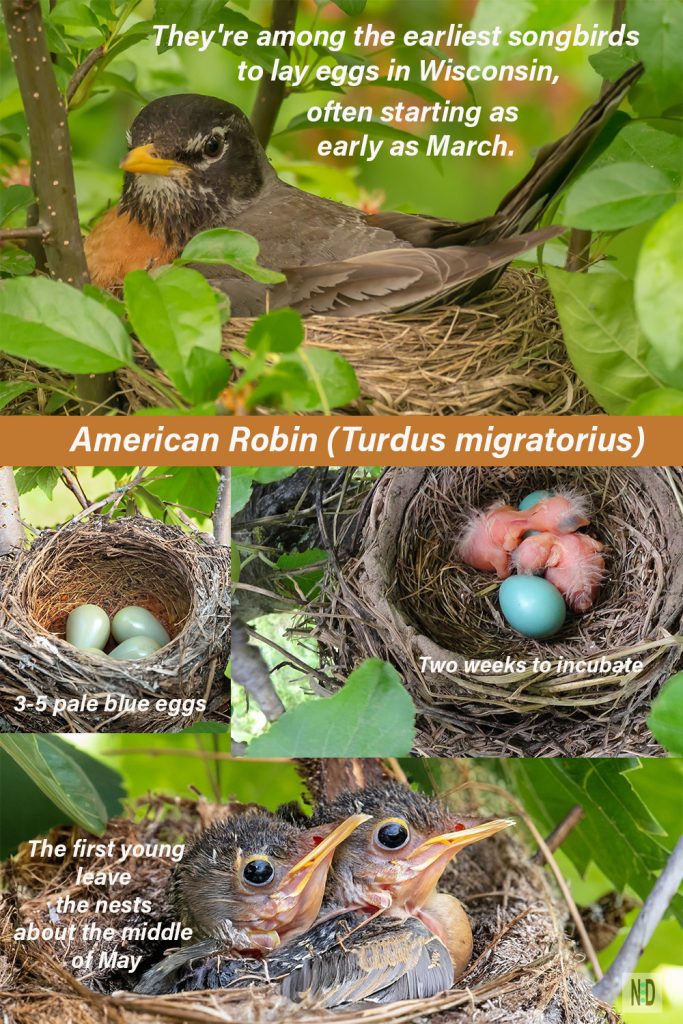
- Nests are built largely of grass, roots, and mud, but an immense variety of substances may be used, and materials of all sorts are occasionally found in the same nest.
- Few twigs are used, and the nest is almost invariably well-entwined with fine grasses, which completely cover the mud which forms a large part of the structure.
- Normally nests are placed in trees at heights varying from three or four feet to fifty or sixty feet from the ground, but they are frequently placed upon buildings, bridges, fence-posts, and rails, as well as in sheds, barns, outbuildings, and occasionally on ledges of rocks.
- The eggs vary in number from three to five, the common number being four, and they are of the well-known “robin’s-egg-blue,” without spots, and average 1.15 by .78 inches.
- The first nests with eggs are usually found about the middle of April, and the first young leave the nests about the middle of May. A second brood is almost invariably reared, the young leaving the nest about the first of July, but nests with eggs can be spotted in late in July, or even in August.
Images of The American Robin: Wisconsin’s Beloved Songbird
Identifying Markers
- Length 10 inches or a little less, wing about 5.25, tail 4.25 to 4.50.
- The sexes are of the same size.
- Mainly slate-colored bird above and brownish-red (cinnamon-rufous) below; top and sides of head black; throat white, with narrow streaks; a white spot over the eye, and tail feathers quite black, except the outer feather on each side, has a small white patch near the tip.
- The bill in both sexes is yellow, with a black tip; and both sexes have dark brown irises.
- In fall and winter, the colors of the bird are duller and most of the feathers above and below have ashy margins.
“The robin’s song is a melody that stirs the soul and whispers secrets of the morning.”
Food Sources
American Robins are versatile foragers with a varied diet. While they’re well-known for their penchant for earthworms (earning them the nickname “worm-eating robins”), these adaptable birds also feast on a wide array of other foods. The diverse diet below helps sustain them throughout the breeding season and provides essential nutrients for raising their young.
Fruits
Cherry
Strawberry
Raspberry
Grapes & Grape Jelly
Wild Berries / Fruits
Apples
Pears
Oranges
Insects
Caterpillars
Ground Beetles
Cutworms
Grasshoppers
Earthworms
Other
Small amphibian
Small reptiles
Additional Posts:
Wild Blackberry Jam
Natures Frozen Spears
From their joyful songs to their vibrant plumage, American Robins add a splash of color and music to Wisconsin’s landscape throughout the year. As they build their nests, raise their young, and embark on their seasonal journeys, these resilient songbirds remind us of nature’s enduring cycles and the beauty of each passing season. So, next time you spot a robin hopping across your lawn or serenading you from a treetop, take a moment to appreciate the simple joys they bring and the timeless rhythms they represent.
The post was last updated in February 2024.
This site contains affiliate links that may provide a small compensation to me —-> at no additional cost to you.
